Mindblown: a blog about philosophy.
-
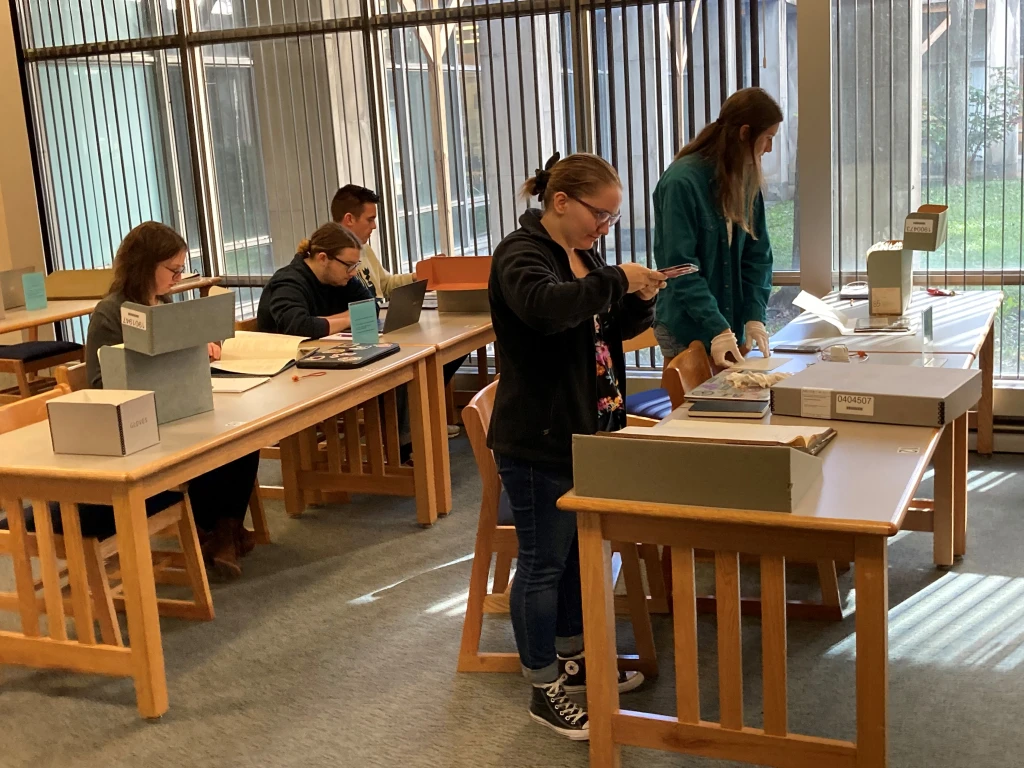
Digital History, Blogging, and Corinthian Matters
This fall I’m fortunate to be teaching again a course called Digital History. I first developed the class in 2014 and offer it on an every other year cycle. Unlike my staple classes in the ancient world, I created this course primarily to train history and public history majors at Messiah University how to use…
-
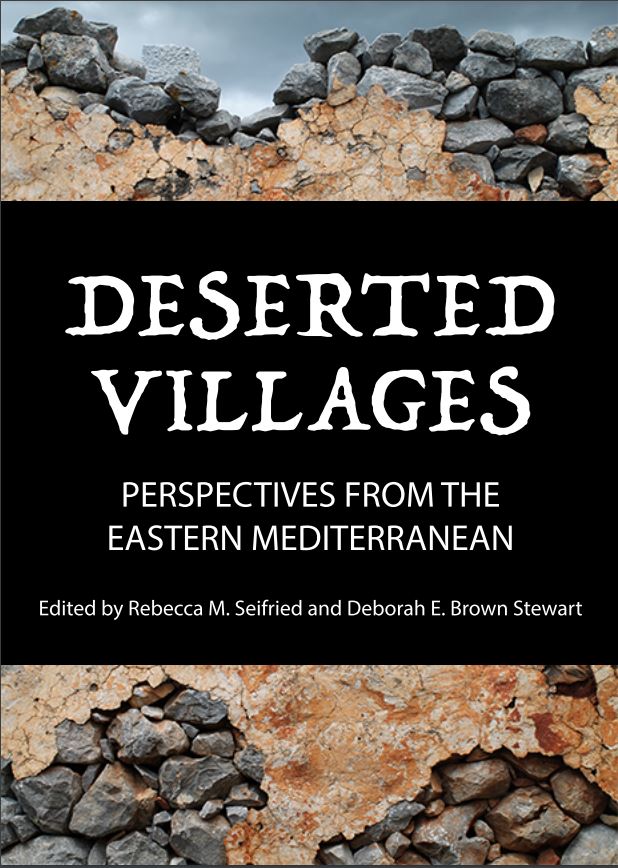
Deserted Mediterranean Villages
I just got my hands on this sweet little book Deserted Villages: Perspectives from the Eastern Mediterranean. Published by the Digital Press at the University of North Dakota and edited by Rebecca Seifried and Deborah Brown Stewart, it features a series of case studies about the nature of abandonment in modern and premodern times. For…
-
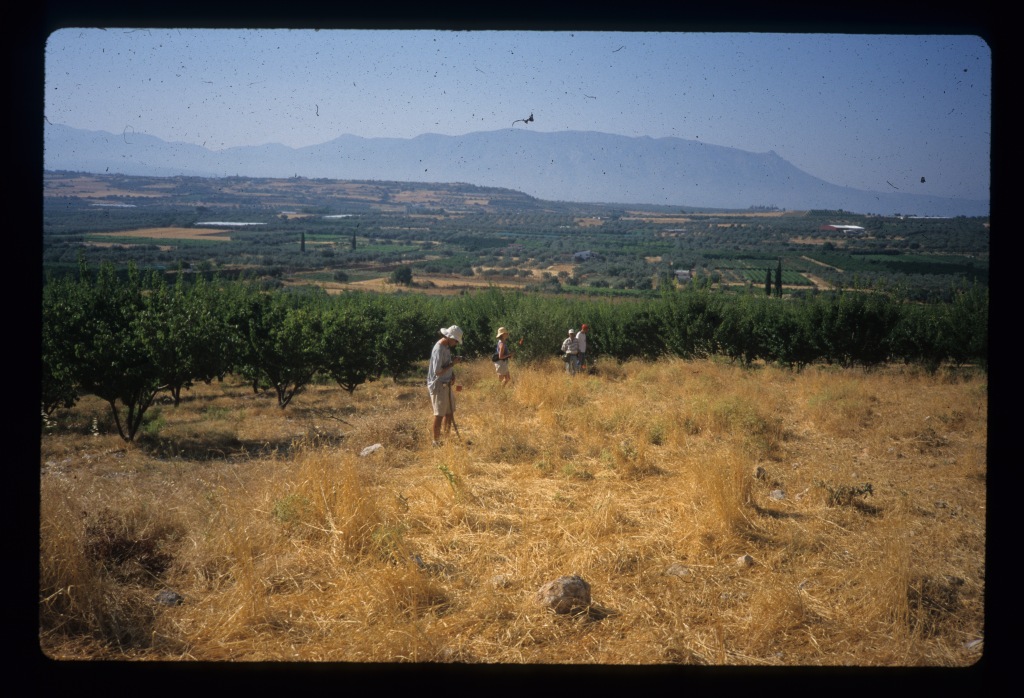
Publishing the Eastern Korinthia Survey
One of the long-standing projects I have been working on over the last year is a book-length publication interpreting the results of the Eastern Korinthia Archaeological Survey. EKAS was a survey carried out from 1997-2003, with study seasons continuing to recent years. Unlike the more common survey project carried out in marginal territories or regions…
-
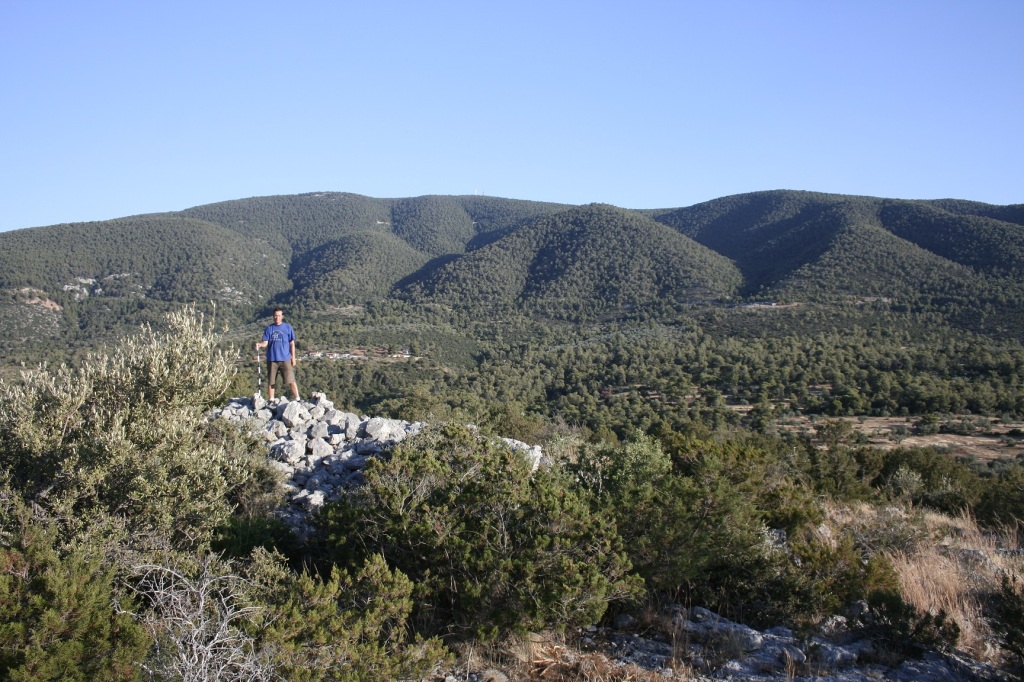
Return to the Corinthia
This is not really how I had imagined I would return to Corinthian matters–bunkered down in my home near Harrisburg, Pennsylvania, in the midst of a global pandemic, working on this website while what’s left of Hurricane Zeta dumps rain on central PA. Only eight months ago, I was in the process of gearing up…
-
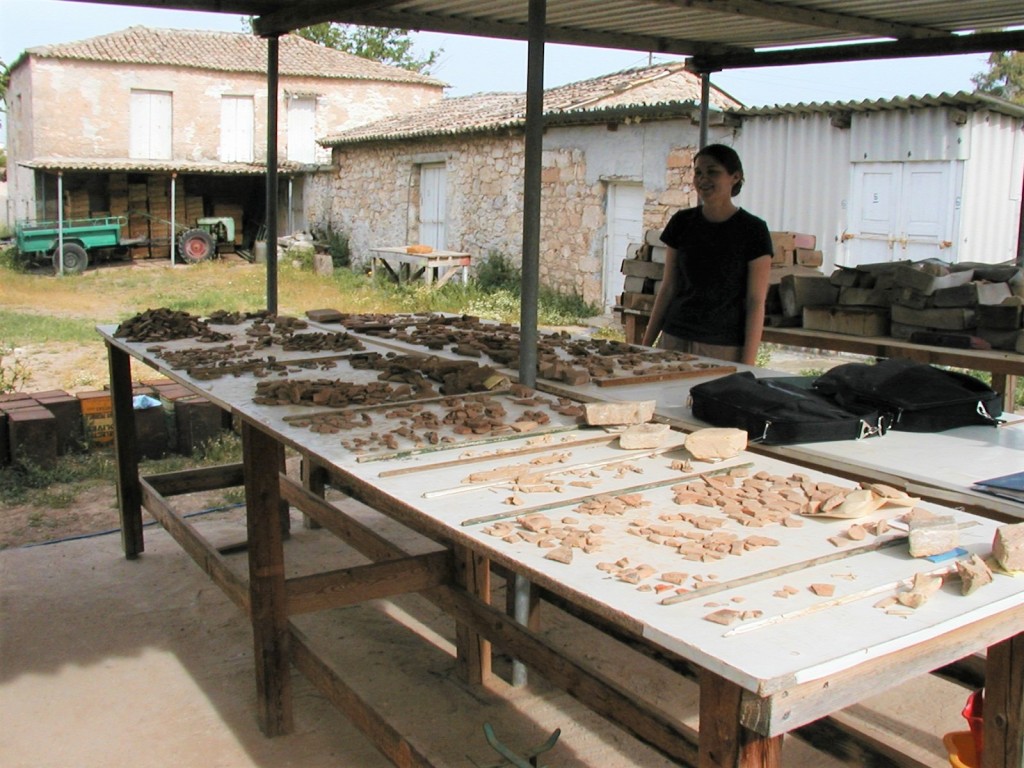
A New Study of Hellenistic Fine Wares at Corinth
Each of the 45 individual volumes that make up the Corinth Excavation Series published by the American School of Classical Studies at Athens marks a labor of love, sweat, and tears. There are specific studies that focus on an individual building, such as the Temple of Apollo, the Odeion, or a Roman villa, unearthed through…
-
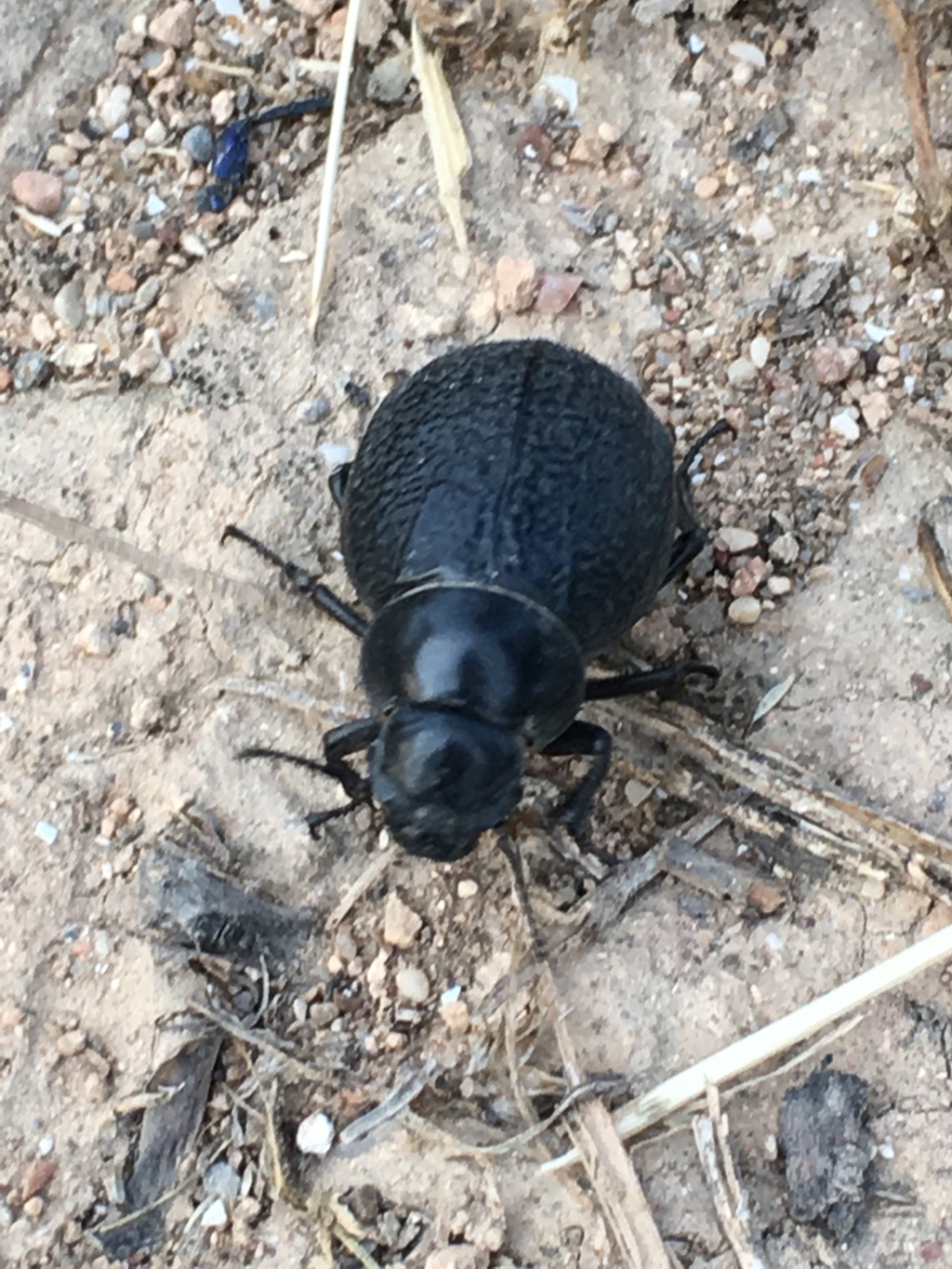
A Week in the Corinthia
I recently returned from a week-long stint in the Corinthia. Every day I spent in the region was amazing. The weather was beautiful and perfect for archaeological fieldwork and the landscape was more stunning than I had remembered. The research itself was rich, varied, and fruitful. I flew drones. I had coffee and lunch with…
-
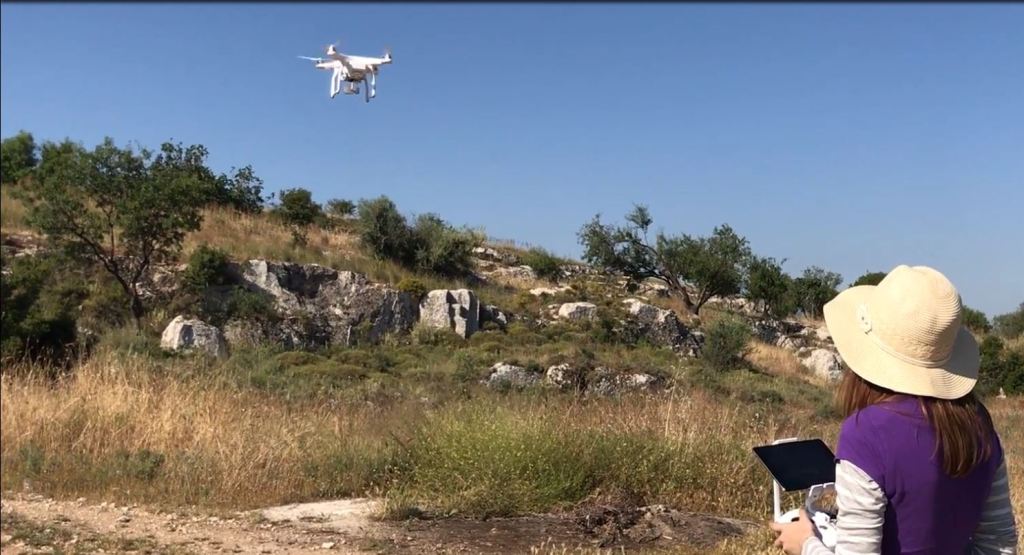
Mapping the Isthmus of Corinth: A Story Map
Last May I had the privilege of working with Albert Sarvis, Professor of Geospatial Technology at Harrisburg University (and a licensed drone pilot), in capturing low-altitude aerial photographs of the Isthmus of Corinth. Albert and I had collaborated for several years previous on the Digital Harrisburg project, an ambitious project that seeks to link all…
-
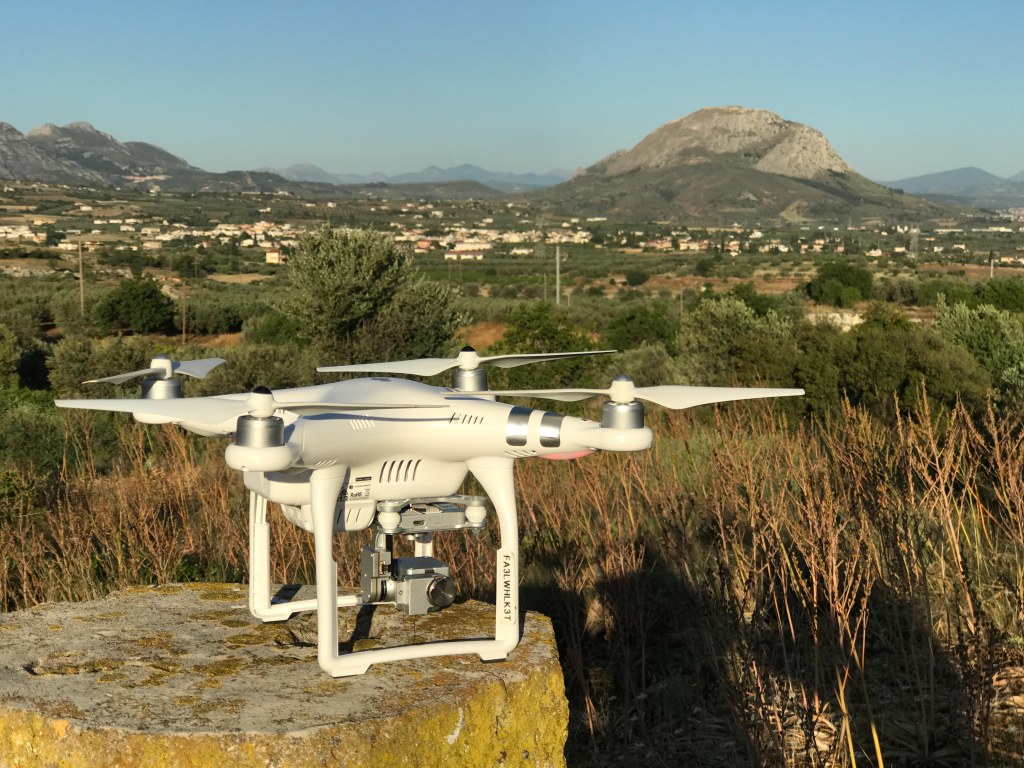
Corinthian Matters in Corinth
Corinthian Matters will be on its (mostly) annual tour to the Corinthia three weeks from now (May 26-June 2). I will only be in the Corinthia for a week this year because I have to get back for a digital proficiency workshop in early June, but that still allows seven full days of Corinthiaka goodness.…
-

On Phoebe, Honored Courier of St. Paul (Michael Peppard)
We’ve mentioned Phoebe of Kenchreai here at Corinthian Matters as an individual who was not simply a “helper” to St. Paul — one translation of the Greek diakonos) — but also a prostasis, an influential member of some wealth and authority in the earliest Christian community of the region. Michael Peppard has recently published an article in Commonweal (“Household Names:…
-
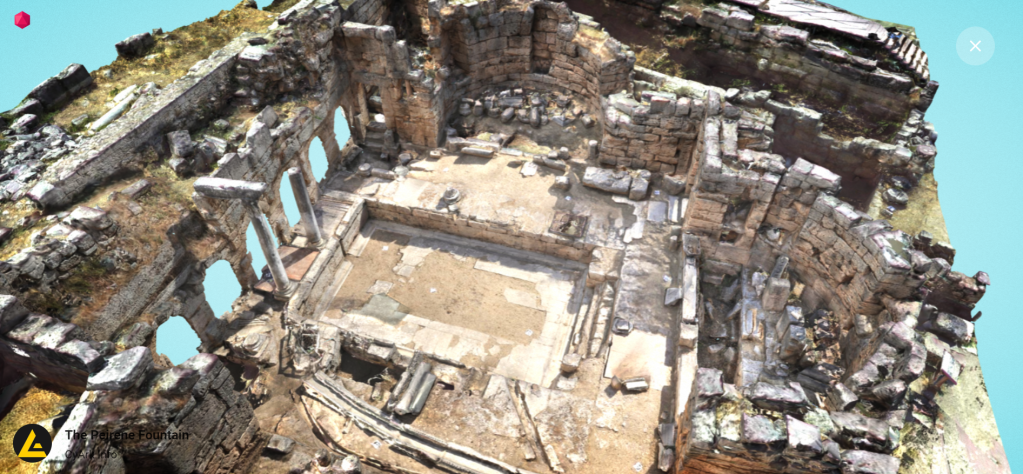
Dropping into Ancient Corinth (the CyArk and Google Partnership)
Years ago, a visitor to ancient Corinth (and other sites of Greece) had immediate access to most of the archaeological remains within the site. One could stand directly next to one of the standing columns of the Temple of Apollo, or even climb within the Fountain of Peirene, as I know a group of university…
Got any book recommendations?